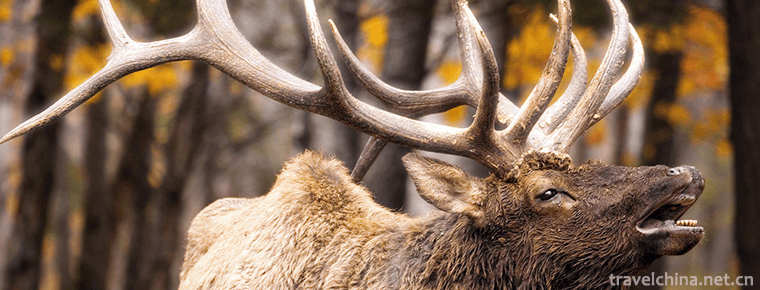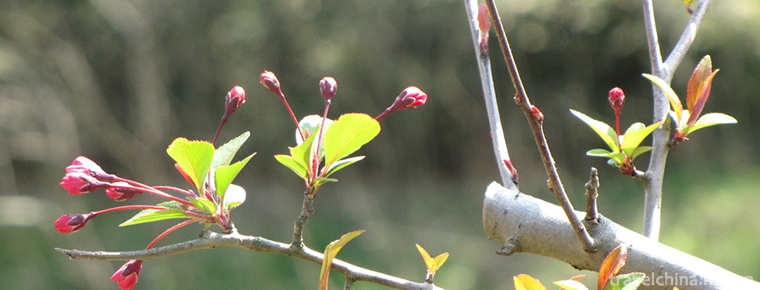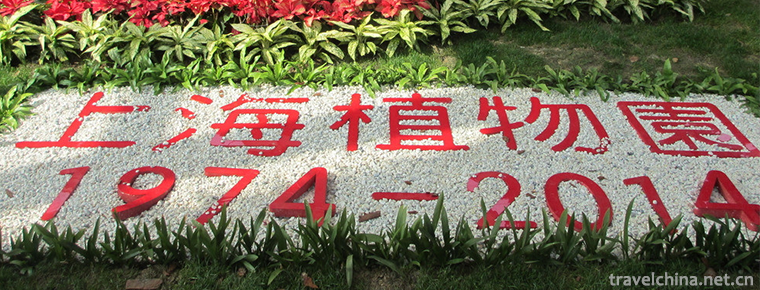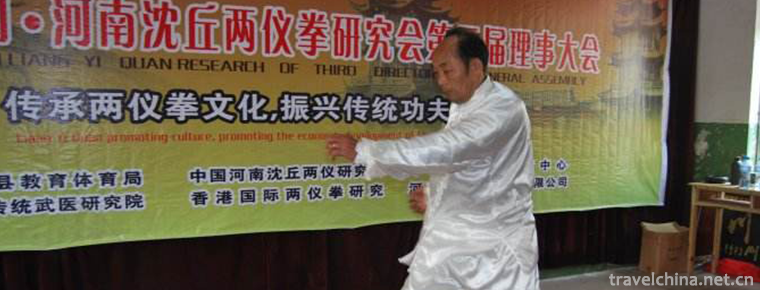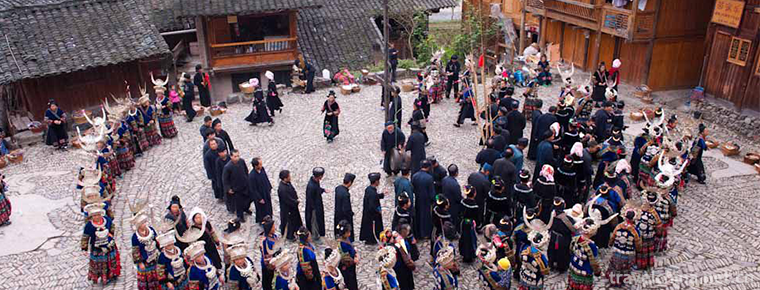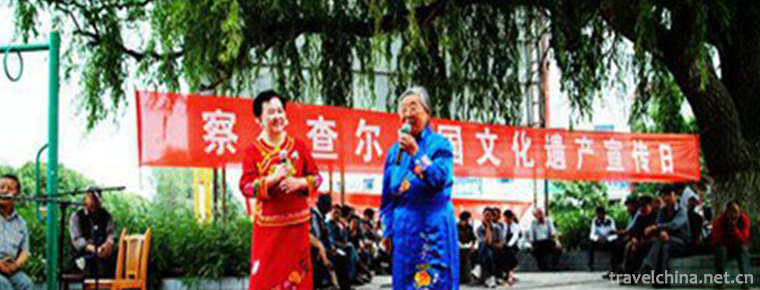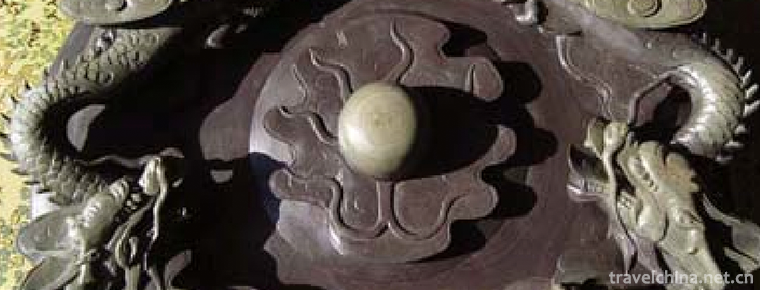Vegetarian production skills
Vegetarian production skills
Declaration Area or Unit: Shanghai Gongdelin Vegetarian Food Co., Ltd.
Gongdelin vegetarian food originated in temples. During Tongzhi period of Qing Dynasty, Temple vegetarian food gradually entered society. In 1922, the disciples of Wikipedia, a Buddhist monk at Changjing Temple in Chenghuangshan, Hangzhou, set up a vegetable restaurant at the Guizhou intersection of Beijing Road, Shanghai, for the purpose of "promoting Buddhism, advocating vegetarian diet and liberating life". With tofu, mushroom and vegetables as raw materials, vegetarian meat is cooked, that is to say, "fish" and "meat" dishes with vivid shape are cooked by hand. Because of its excellent production, unique taste, customers and thriving business. At the time of its founding, Gongdelin's shop was only 300 square meters in area. In 1927, it moved to No. 43 Huanghe Road and expanded to 1,000 square meters. It was divided into three floors: snack restaurant on the first floor, box on the second floor and Buddhist hall on the third floor. At this time, Gongdelin began to recruit vegetarian chefs from temples all over the country. Business is booming. He has won praise from Shanghai residents for his unique vegetarian handicraft and cooking methods.
Gongdelin has famous vegetarian dishes such as Butter Crab meal, fried eel silk, sliced fish with grains, yellow croaker with sweet and sour sauce, spiced tender chicken, crucian carp and winter bamboo shoots. These vegetable dishes are exquisite in material selection, exquisite in production, lifelike in shape, various in color, meat-like in taste and various in cooking methods. Each dish is elaborate and has the dual functions of food and art appreciation. Customers can enjoy it while tasting it.
In 1997, due to the urban transformation of Shanghai, Gongdelin moved to Nanjing West Road. Its vegetarian production continued to develop and innovate, and still attracted many consumers with its distinct characteristics.

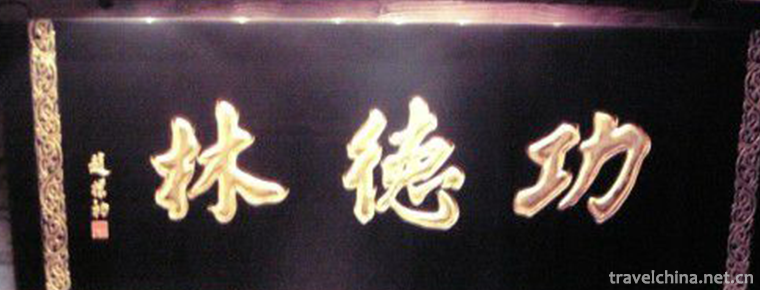
-
Chinese Elk Garden Scenic Spot
Jiangsu Dafeng Elk National Nature Reserve is located in the Yellow Sea coast, with a total area of 78,000 hectares, including 2668 hectares in the core area.
Views: 148 Time 2018-12-06 -
Gucun Park Shanghai
Gucun Park is located in Gucun Town, Baoshan District, from north to Shapu, south to Jiazaobang, and adjacent to Huanbei Avenue of the Outer Ring Road,.
Views: 91 Time 2018-12-19 -
Shanghai Botanical Garden
Located in the southwest of Xuhui District, Shanghai Botanical Garden, formerly Longhua Nursery, is a comprehensive botanical garden with plant introduction, domestication and display.
Views: 203 Time 2018-12-19 -
Guilin fishing drum
Guilin fishing drum, commonly known as sentiment, is the local traditional rap and singing art of Guilin. The Song Dynasty was introduced into Guilin from the north, .
Views: 145 Time 2019-05-02 -
Two instruments boxing
Liangyi Quan originated from Zhouyi, which said, "It's so easy to have Taiji. It's the birth of Liangyi". (Liangyi Quan) is also called Liangyi Point-through-Qishen Quan. Its name is formed .
Views: 165 Time 2019-05-13 -
Miao Lusheng Dance
Lusheng dance, also known as "stepping on Lusheng" and "stepping on the singing hall", is named for its accompaniment and self-boasting dance. It spreads in the Miao, Dong, Buyi, S.
Views: 156 Time 2019-06-05 -
Pingnanping Opera
Pingnanping opera is a kind of traditional opera with a history of 400 years. As the predecessor of Fujian opera, the main features of the opera are that Taobai singing uses Fuzhou Mandarin, the front.
Views: 330 Time 2019-06-09 -
Xibo Folk Songs
Xibo folk song is an important kind of traditional music culture of Xibo nationality, which is widely spread among the Xibo people in Chabchal Xibo Autonomous County and Xinjiang. Folk songs are an im.
Views: 133 Time 2019-07-01 -
Inkstone Platform Making Skills
Inkstone production skills, Liaoning Province Benxi City, Ningxia Hui Autonomous Region Yinchuan City, Hebei Province Yi County, Shanxi Province Xinjiang County, Gansu Province Zhuoni County, Min Coun.
Views: 87 Time 2019-07-10 -
Peking Union Medical College
The Chinese Academy of Medical Sciences was established in 1956. Peking Union Medical College was founded in 1917. Since 1957, the Chinese Academy of Medical Sciences and Peking Union Medical College .
Views: 231 Time 2019-09-06 -
Neijiangs first industry
In 2019, the sown area of grain crops in Neijiang is 309600 ha, an increase of 0.3% over the previous year; the sown area of oil crops is 79900 ha, an increase of 0.4%; and the sown area of vegetables is 78100 ha, an increase of 2.3%. The total grain output .
Views: 298 Time 2020-12-16 -
History of Leshan
Leshan used to be the capital of Kaiming tribe in ancient Shu state. In 309 B.C., King Wu of Qin sent troops to the south to wipe out the rule of the Kaiming family. The state of Qin established Nan'an County in Shizhong District of Leshan City.
Views: 133 Time 2020-12-17
